Welcome, adventurer!
I hope you’re feeling well. You’re a solo globetrotter looking to explore the Peruvian lands. Peru is a land of stunning contrasts, from the majesty of the Andes to the lushness of the Amazon jungle. Its rich history, vibrant culture, and dreamy landscapes make this country a must-see destination for any adventurer eager for new experiences.
Well, if you’re an adventurous soul who craves to discover new horizons, if you’re excited to immerse yourself in fascinating cultures, and if you’re ready to leave a mark with every step you take, then this blog is for you.
Before packing your bags, you must be prepared for everything that awaits you when traveling alone to this beautiful country.


Visas and entry requirements for Peru
South America
- Citizens of Colombia, Bolivia, Ecuador, Argentina, Brazil, Chile, Paraguay, and Uruguay traveling to Peru for tourism purposes may enter Peru carrying only their national identity card.
- Citizens of nationalities other than those indicated in the previous point must have a passport valid for at least six months.
- Citizens of Venezuela need to have some visa to enter Peru unless they have permanent residence in a member country of the Pacific Alliance (Chile, Colombia, or Mexico).
- Regarding the tourist visa, most countries’ maximum term of stay is 90 days, except for Brazil and Chile, which have a maximum term of 180 days.
- Regarding the business visa, citizens of Brazil, Colombia, and Chile do not need to apply for it. Visitors from other countries in the region do need to apply for a business visa.
Central America
- Citizens of Cuba, El Salvador, Haiti, and Nicaragua need to apply for a tourist visa to enter Peru. Citizens of other nationalities must only have a passport valid for at least six months.
- Only Panama is exempt from presenting a business visa.
- For those who do not need a visa to enter Peruvian territory, the maximum period of stay is 90 days.
North America (Mexico)
- Mexican citizens who wish to visit Peru do not need to apply for a tourist or business visa; they only need a passport valid for at least six months.
- The maximum length of stay is 183 days.
Spanish-speaking Europe
- Spanish citizens are not required to apply for a tourist or business visa if they wish to visit Peru; they only need a passport valid for at least six months.
- The maximum period of stay is 90 days.
If applicable
- A travel document or Laissez Passer validly issued by a State or in consideration of international treaties and conventions to which Peru is a party for humanitarian reasons.
- A valid laissez-passer is issued by a State only for exceptional reasons established in international treaties and conventions to which Peru is a party or by disposition of the State issuing the laissez-passer, provided that Peru has recognized and accepted such conditions. The laissez-passer issued by Migration is also valid.
- Travel documents for refugees or asylum seekers issued by Peru or other States within the framework of international treaties and conventions to which Peru is a party.
- Foreign identity documents are in force by international treaties and conventions, to which Peru is a party that regulates and defines the cases in which they will be applied.
- Other valid travel documents, by the international treaties and conventions to which Peru is a party, regulate and define the cases in which it will be applied.


Planning the trip
Planning a trip can be very tedious, and you may need to remember to consider some important details that you have to evaluate and consider before traveling. So here are the points you should take note of:
Best time to travel:
Peru is a country with a tremendous climatic diversity, so the best time to travel will depend on the region you want to visit:
- The dry season (April – September) is ideal for visiting the Andean regions (Cusco, Arequipa, Puno) and the Amazon. The climate is dry and sunny, with pleasant temperatures.
- Wet season (October – March): This is ideal for visiting the north coast (Mancora, Trujillo) and the south coast (Paracas, Ica). The climate is warm and humid, with sporadic rains.
Budget
The budget for travel to Peru can vary considerably depending on the style of travel you choose:
- Backpacker: with a budget of 20-30 USD per day, you can stay in hostels, eat in local restaurants, and use public transportation.
- Budget traveler: For an estimated 50-70 USD per day, you can stay in hostels or budget hotels, eat in mid-range restaurants, and use cabs or interprovincial buses.
- Luxury traveler: With an amount exceeding 100 USD per day, you can stay in luxury hotels, eat in gourmet restaurants, and do exclusive activities.
Transportation
- Plane: The fastest way to Peru is by plane. There are international flights to Lima, Cusco, and Arequipa. To learn more about flights in Peru, read our blog, Airports in Peru; this will help you understand your airplane options.
- Bus: Buses are an economical way to get around Peru. There are different types of buses, from basic to luxury. You can adapt to the fares; this is one of the most comfortable options if you don’t want to spend much money.
- Train: The train is a popular option for traveling to Machu Picchu. There are different routes and types of trains available. You can explore all your train options according to the routes you want to explore through our blog Trains in Peru: The Complete Guide to an Unforgettable Trip; this will help you explore train routes within Peru more safely.
- Cab: Taxis are a comfortable way to move around the cities. It is essential to agree on the price before getting into the cab. However, if you are saving money and trying to economize as much as possible, a quick way to move within the city is to take public transport buses. The fare depends on the city, but you can find it from 1 sol in Peruvian currency.
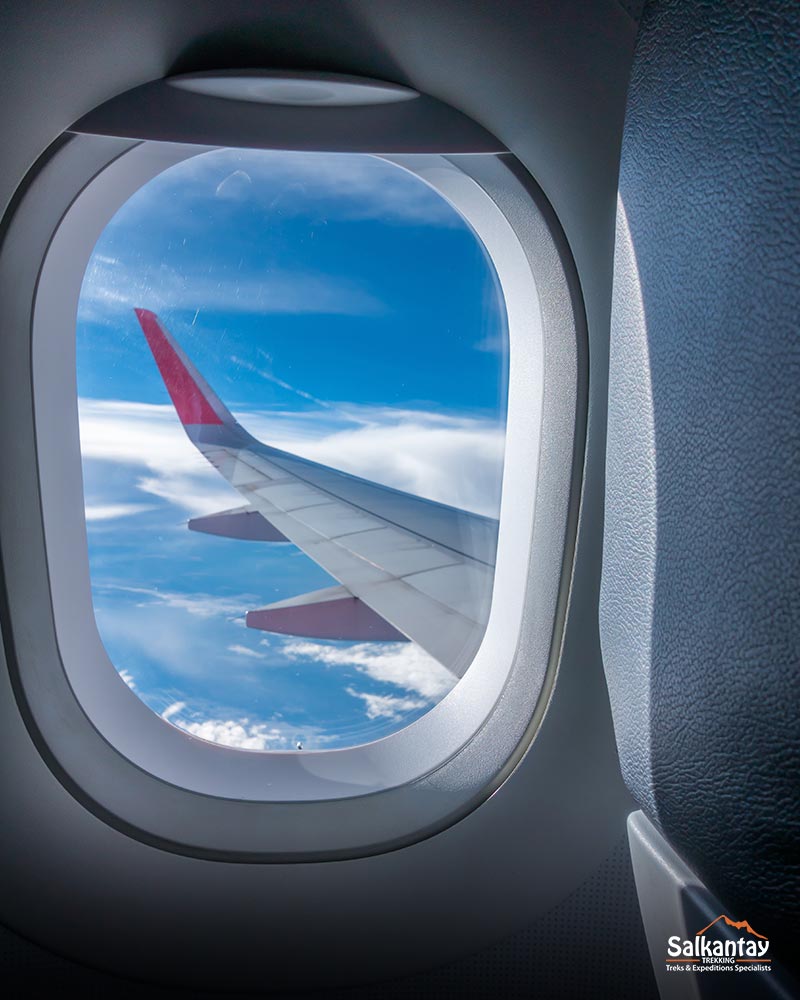
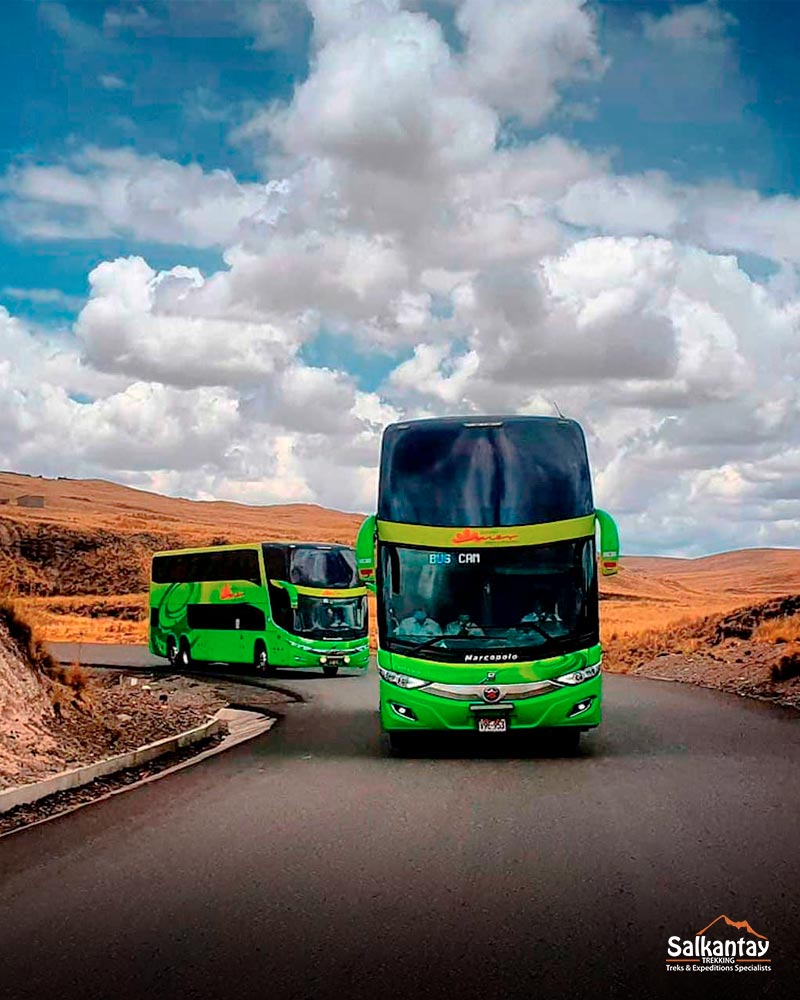
Lodging
- Hostels: hostels are the most economical option for lodging. They offer shared or private rooms at very reasonable prices. This is a good option if you are looking for something economical.
- Hotels: Peru has various hotels, from budget to luxury. You can opt for an area close to the airport or terminal.
- Airbnb: is a good option for finding charming accommodations in unique places. This allows you more peace of mind and much more privacy when staying.
Useful technological tools
- Google Search: search for specific information about the regions you wish to visit, weather, prices, etc.
- TripAdvisor: Find reviews on hotels, restaurants, and activities.
- Lonely Planet: complete travel guides with detailed information about Peru.
- Maps.me: it will help you find your way around offline.
- Duolingo: Learn some basic Spanish, allowing you to communicate quickly and easily in the country.
Where to go: Everywhere!
Peru has something for everyone. Here are some must-sees:
Solo traveler in Cusco
Cusco, the ancient capital of the Inca empire, is a destination that captivates travelers worldwide. Its cobblestone streets, vibrant markets, and imposing colonial architecture will transport you to another era. And if you decide to explore it alone, the experience will be even more enriching.


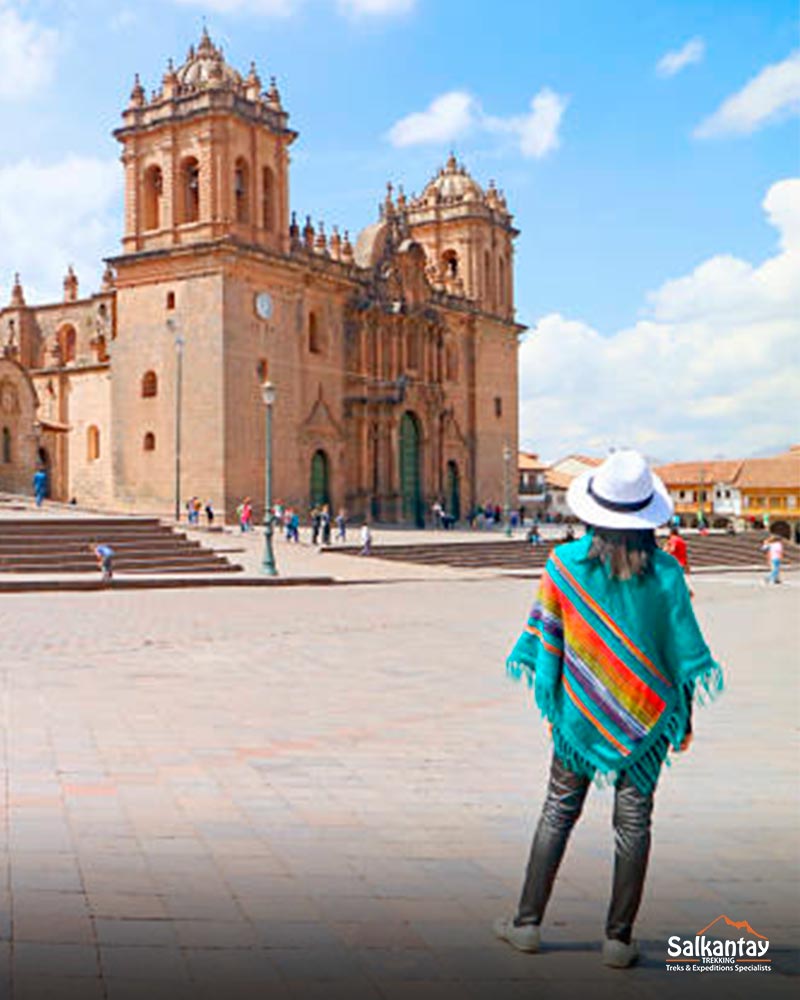
Why travel alone to Cusco?
- Freedom and flexibility: you decide your pace, itinerary, and activities. Enjoy the city without laughs or obligations.
- Connections with yourself: traveling alone allows you to connect with your inner self, reflect, and enjoy the company of no one else but yourself.
- Opportunities to meet people: hostels, tours, and group activities allow you to meet other travelers and make new friends.
- Savings in some aspects: You can choose more economical lodging and food options without adjusting your budget to someone else.
What can you do in Cusco as a solo traveler?
Cusco is full of other incredible Inca archaeological sites and cultures. This ancient city is a treasure trove of historical experiences and breathtaking scenery. There are many museums and hiking trails around the city that you have to see on your trip.
To access all these charms in the city of Cusco, we recommend the tourist ticket; you can explore in depth in our blog Boleto Turistico Cusco: The Ultimate Guide you Must NOT Ignore all the details that you can take into consideration to enjoy the most of the culture and history cusqueña.
Explore places like:
- Cusco Walking Tour: walk around the Plaza de Armas, visit the Cusco Cathedral, the Temple of the Sun (Qorikancha), and the Palace of the Inca.
- Visit museums: immerse yourself in Inca history at the Inca Museum or discover Peruvian textile culture at the Cusco Textile Center.
- Join a tour: Participate in free walking tours, local gastronomy tasting tours, or guided tours to archaeological sites such as Sacsayhuaman. Remember that with Salkantay Trekking, you can enjoy one-day tours in Cusco, such as the Sacred Valley of the Incas, Maras, Moray & Salineras, and Q’eswachaca Inca Bridge.
- Enjoy nature: Walk through the Sacred Valley of the Incas, visit the salt mines of Maras and Moray, or dare to climb the Huayna Picchu mountain.
- Relax in a spa: treat yourself to an Andean massage or enjoy a traditional steam bath.
- Practice yoga or meditation: connect with your body and mind in a peaceful environment surrounded by ancestral energy.
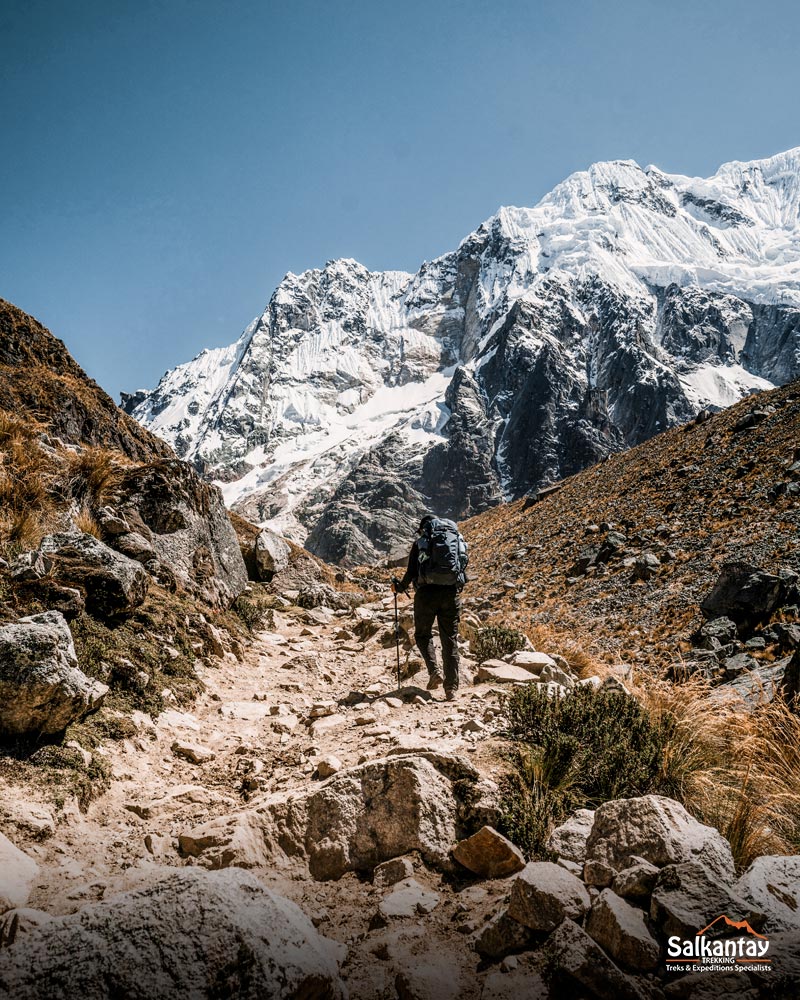
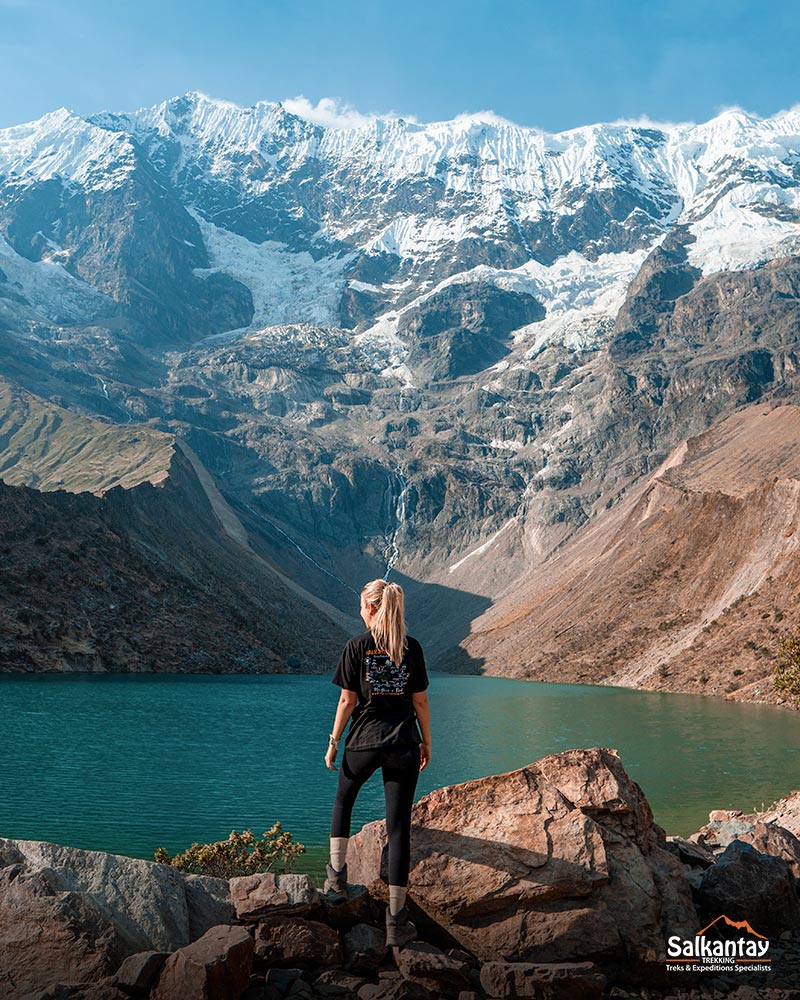
Solo Traveler in Machu Picchu
The Lost City of the Incas is a wonder of the world that will take your breath away. Book your tickets in advance, especially in high season.
Exploring Machu Picchu at your own pace:
- Walk on your own: hike the trails at your own pace, stop to admire the views, and take unhurried photos. Immerse yourself in the magical atmosphere of Machu Picchu without distractions.
- Hire a private guide: enjoy a personalized experience with an expert guide. Learn about the history, culture, and architecture of Machu Picchu at your own pace.
- Join tours for solo travelers: meet other travelers while exploring the citadel. Share experiences and create unforgettable memories in a friendly environment. With Salkantay Trekking, you can live this experience memorably with our packages of Machu Picchu in 1 day, Machu Picchu in 2 days, and more.
Traveling alone to Machu Picchu will allow you to:
- Connect with yourself and live a personal and unique experience.
- Discover the citadel at your own pace, without rushing or agendas.
- Appreciate the natural beauty and mystical energy of this magical place.
- Create unforgettable memories and strengthen your adventurous spirit.
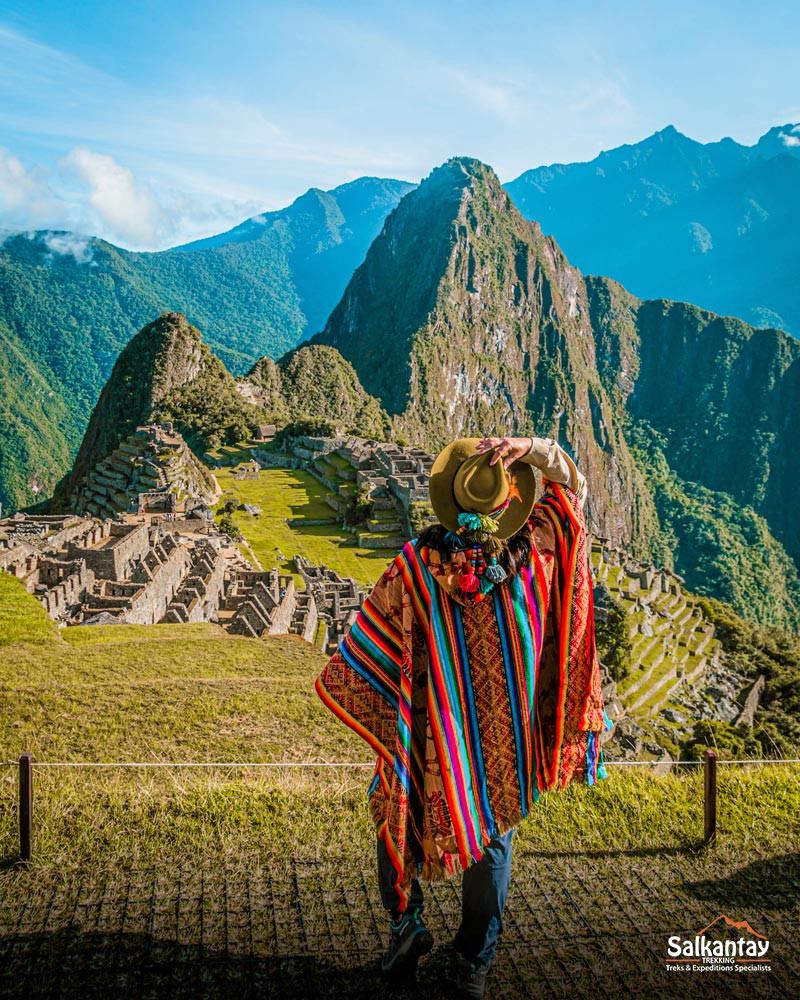
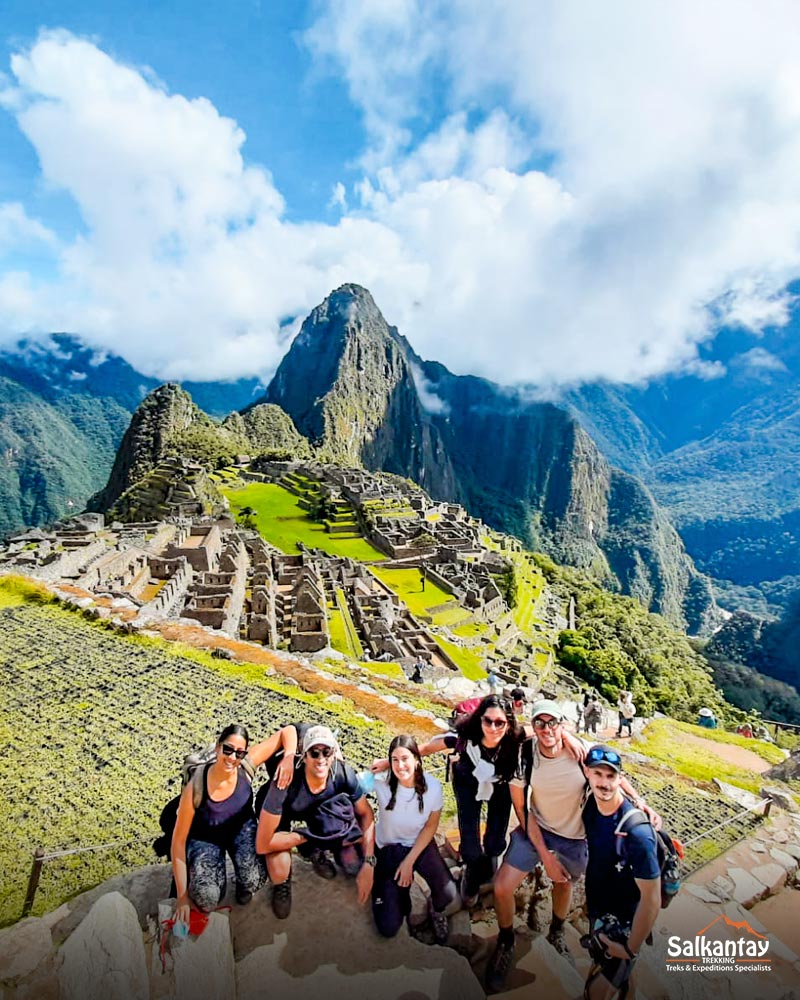
Get to know other unmissable places such as:
Arequipa: the “White City,” will surprise you with its beautiful colonial architecture made of white volcanic ashlar. Take advantage of the Colca Canyon, the second-deepest canyon in the world.
Lake Titicaca: navigate the highest navigable lake in the world and visit the Floating Islands of the Uros. Immerse yourself in the local culture and learn about the ancient Aymara people.
Nazca Lines: try to decipher the mysterious geoglyphs engraved in the desert. There are airplane tours that allow you to see them up close.
Trekking and Hiking alone
Peru is a paradise for trekking and hiking enthusiasts. From day hikes to epic multi-day adventures, there are routes for all experience levels. But what if you want to enjoy these majestic landscapes at your own pace? No problem! Traveling alone on Peruvian trails can be an enriching experience.
Preparing for your adventure:
- Plan brilliant: choose your route according to your experience level and physical condition. Research the weather, necessary equipment (hiking boots, trekking poles, appropriate clothing for the altitudes), and required permits.
- Ensure you are informed: download offline maps and study the route before leaving. Inform someone of your itinerary and consider registering with the appropriate national park or search and rescue service.
- Hire a guide (optional): Hiring a private guide can be an excellent option for challenging routes or if you feel unsure. They will provide you with safety, support, and valuable information. Going with experts in trekking generates greater security. With Salkantay Trekking, you will be safe and have an unparalleled experience.
Trails for intrepid solo travelers:
- Maras and Moray salt mines: just a short drive from Cusco. Marvel at the naturally formed salt pools and Inca agricultural terraces.
- Humantay Lagoon: enjoy a moderate hike with breathtaking views of the turquoise lagoon surrounded by glaciers.
Trekking in Cusco:
- Inca Trail: This is the most famous trekking experience in Peru. It offers incredible mountain views, Inca ruins, and the final arrival at Machu Picchu. Reservations are required well in advance.
- Salkantay Trek: This is an alternative to the Inca Trail that takes you through glaciers, cloud forests, and the Sacred Valley of the Incas.
- Ausangate Trek: the Ausangate trek is one of Cusco’s best options for nature and trekking lovers. It is an epic journey through the foothills of the most important sacred mountain south of Cusco.
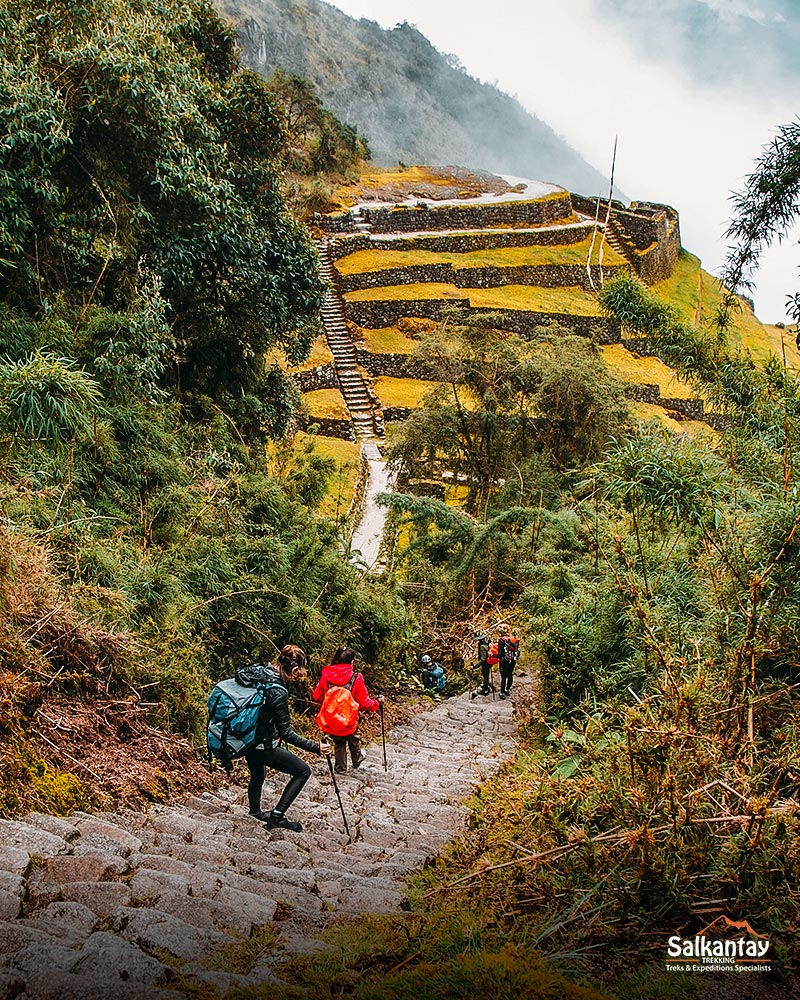
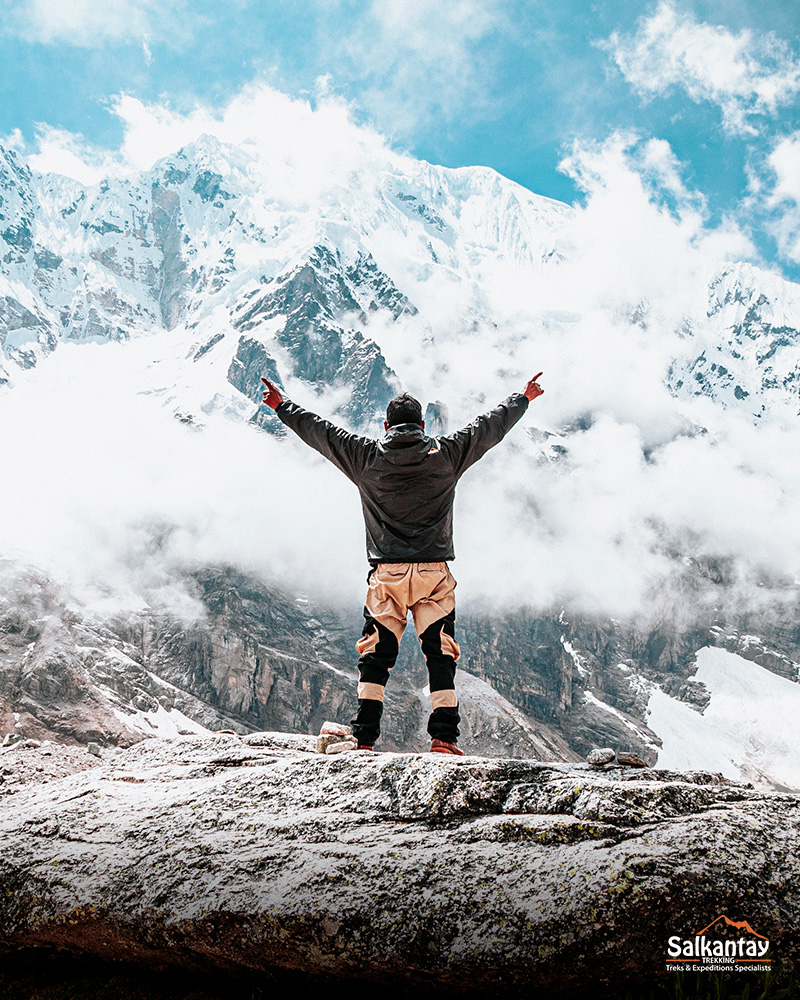
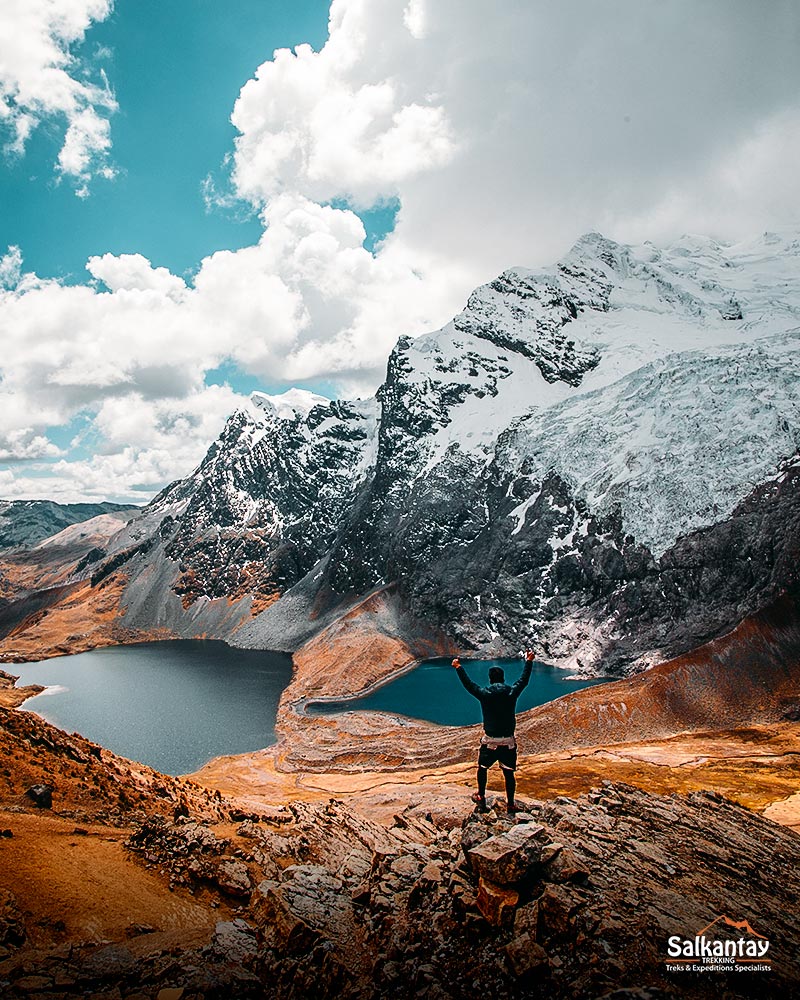

Tips for a safe solo trekking:
- Don’t overestimate yourself: Choose a route suited to your physical condition and experience.
- Prepare for altitude: Acclimatize in Cusco before undertaking high-altitude treks. Drink plenty of water, walk at your own pace, and recognize the symptoms of altitude sickness.
- Be self-sufficient: Carry a basic first aid kit, a personal first aid kit, and energy food. Learn how to pitch your tent and cook on the trail (if necessary).
- Enjoy the solitude: Take advantage of the silence and tranquility to connect with nature and yourself. Read a book, meditate, or enjoy the scenery.

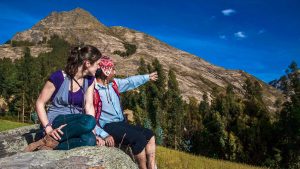

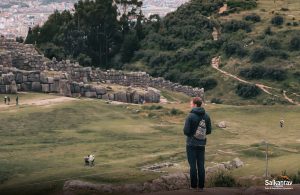
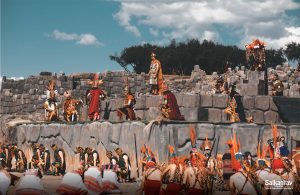
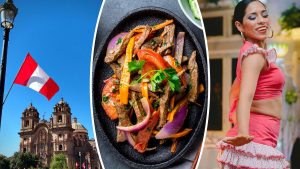
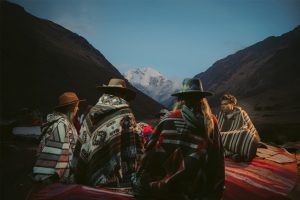



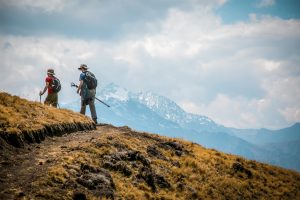
Leave A Reply